What’s first striking about the surfboards is how beautiful they are. Made with lengths of invasive albizia, they feature striations of blonde and light brown, like the highlights in a surfer’s hair. Then, upon picking them up, what’s most noticeable is how light they are—the fish model weighs the same as a standard twin fin, the 9-foot longboard is barely heavier than a typical noserider. In the water, too, they are surprisingly lively—buoyant, even.
Made by Bizia Surf, these surfboards take one problem—the environmentally toxic production process and materials of modern-day boards—and addresses it with another: invasive albizia, one of Hawai‘i’s most destructive trees. Introduced to the islands in 1917 from Indonesia as a reforestation effort, Hawai‘i’s albizia are among the fastest-growing trees in the world, crowding out native ecosystems as they gain more than 15 feet a year. In 2004, heavy rains and albizia debris caused the flooding of Mānoa stream and an estimated $85 million in damage. In 2014, albizia became known as “the tree that ate Puna” when thousands of them fell during Hurricane Iselle, destroying houses, downing power lines, and blocking roads.
Because of how quickly albizia grows, it was commonly assumed that the wood was weak. Still, in 2015, Joey Valenti, then an architecture graduate student, lamented when he saw huge albizia trees, some 150 feet tall, cut down during a removal project at Lyon Arboretum and learned that the logs—free potential lumber—were just being dumped. With the help of a structural engineer, Valenti found that the wood was just as strong as Douglas fir, a common lumber, and set out to prove that you could build with albizia.
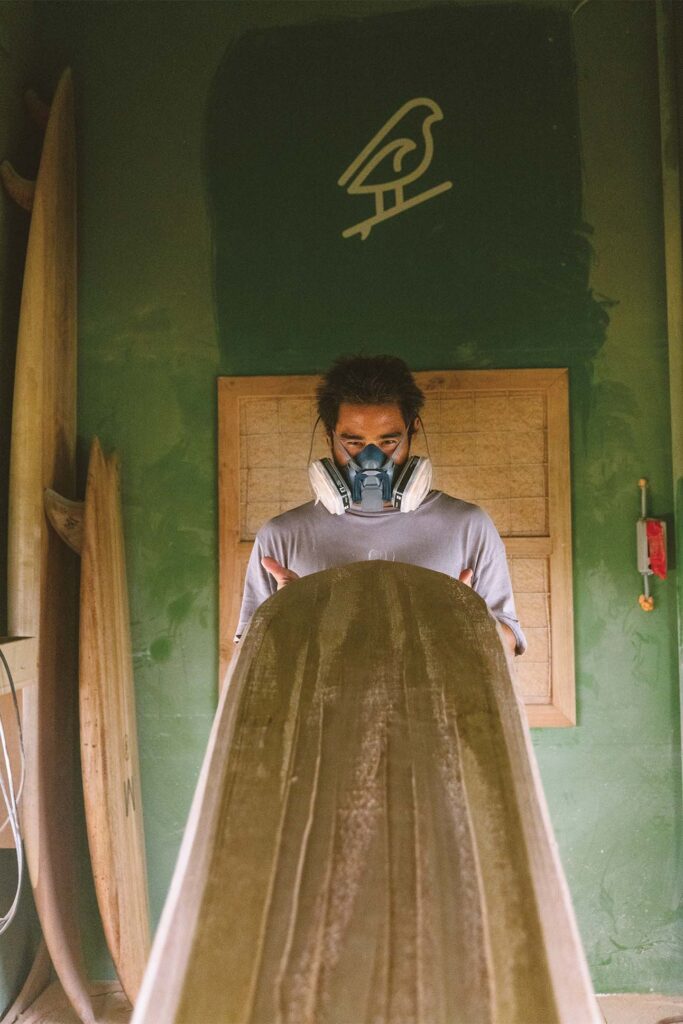
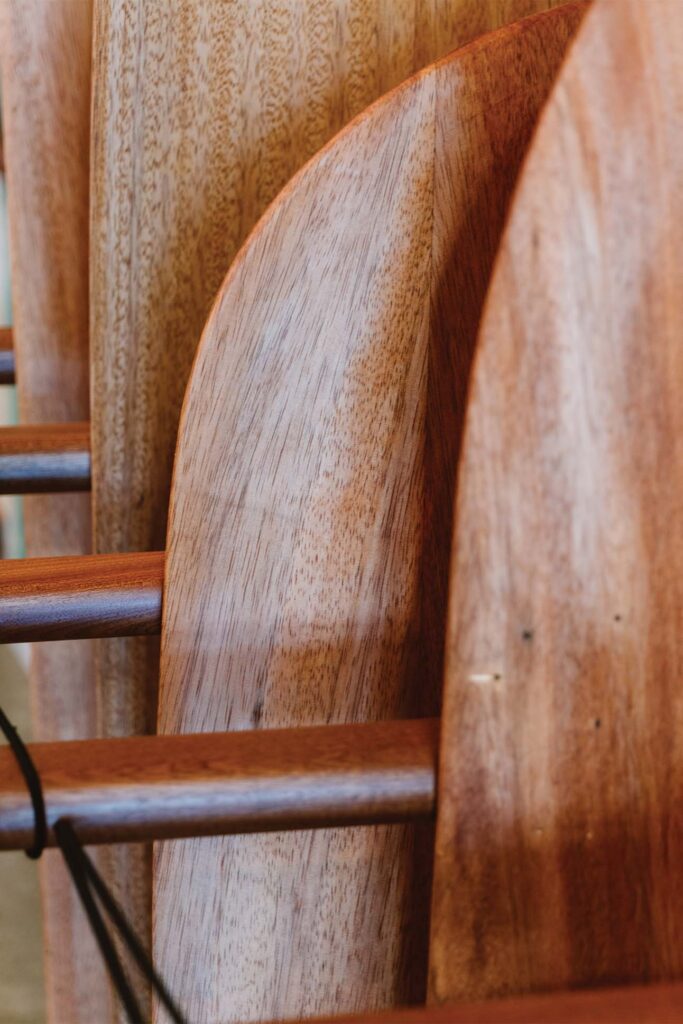
In the process, he went to visit master woodworker Eric Bello at his millwork shop in Wahiawā. In that first meeting, he spotted an albizia surfboard behind Bello. “I felt like I was in the right place,” Valenti says. For years, though, his attention was diverted by his architecture thesis project, and with Bello’s help, he set to work on Lika, a proof of concept for albizia as a building material. When the arched wooden structure resembling the Waikīkī Shell was completed in 2018 and displayed on the front lawn of UH Mānoa, demand for Valenti’s work immediately grew. High-profile clients like the Patagonia store at Ward and 1 Hotel in Princeville tapped him to design albizia elements for their properties. “And then, at some point,” he says, “I just started chipping away at the surfboard idea on the side, very covertly.”
For the next four years, he developed prototypes for surfboards made entirely out of albizia and, in 2021, won a $250,000 USDA Wood Innovations Grant to build the boards. In 2023, he debuted the boards in a storefront in Wahiawā across from Bello’s mill. At the hybrid coffee shop and surf store, the various surfboard models line the walls like artwork.
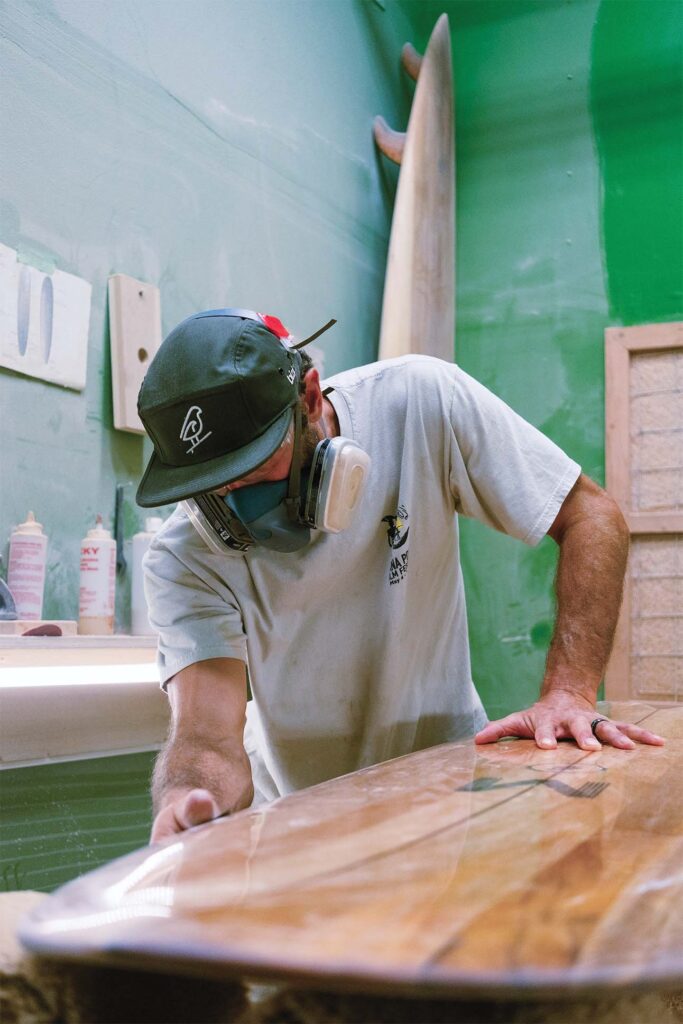
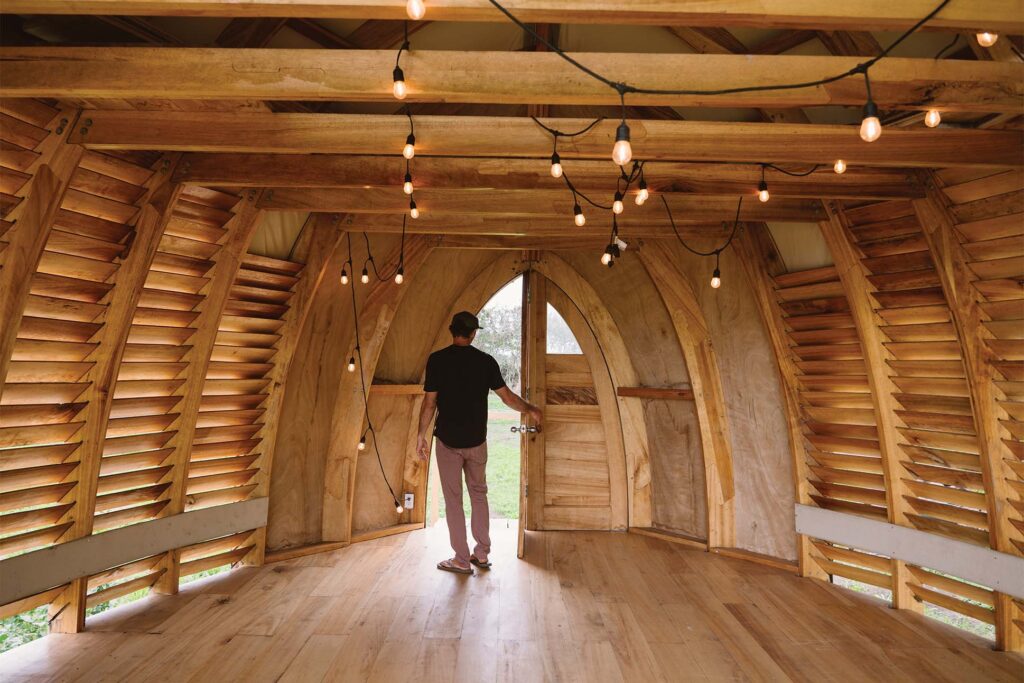
The wood is scavenged from around the island when utility companies, land owners, and community members are looking to clear out albizia. Valenti calls it a “resource misplaced.” And while he uses a high-tech process at Bello’s shop to manufacture the surfboards, the philosophy underlying them is an old one. Native Hawaiians made the first surfboards out of koa and other local wood. “Obviously they figured out the properties of the different woods, what worked best—buoyancy and all that,” Valenti says.
Then in the late ’20s and through the ’30s, as the sport spread beyond the islands, surfers experimented with hollowing out the solid wood boards. These laid the groundwork for the chambered designs that famed shaper Dick Brewer would popularize in the ’60s and ’70s. That albizia board that Valenti first saw in Bello’s shop? It was modeled after a Dick Brewer gun. But while guns are typically heavier and made for massive waves, Bizia’s other, more everyday models are much lighter and crafted from hollowed-out lengths of albizia, making them strong yet nimble and versatile. Valenti partners with Carson Myers, Chris Miyashiro, and other local Hawai‘i shapers to produce Bizia’s growing lineup of boards, which includes a tow board and twin fin fish along with traditional Hawaiian paipo and alaia boards.
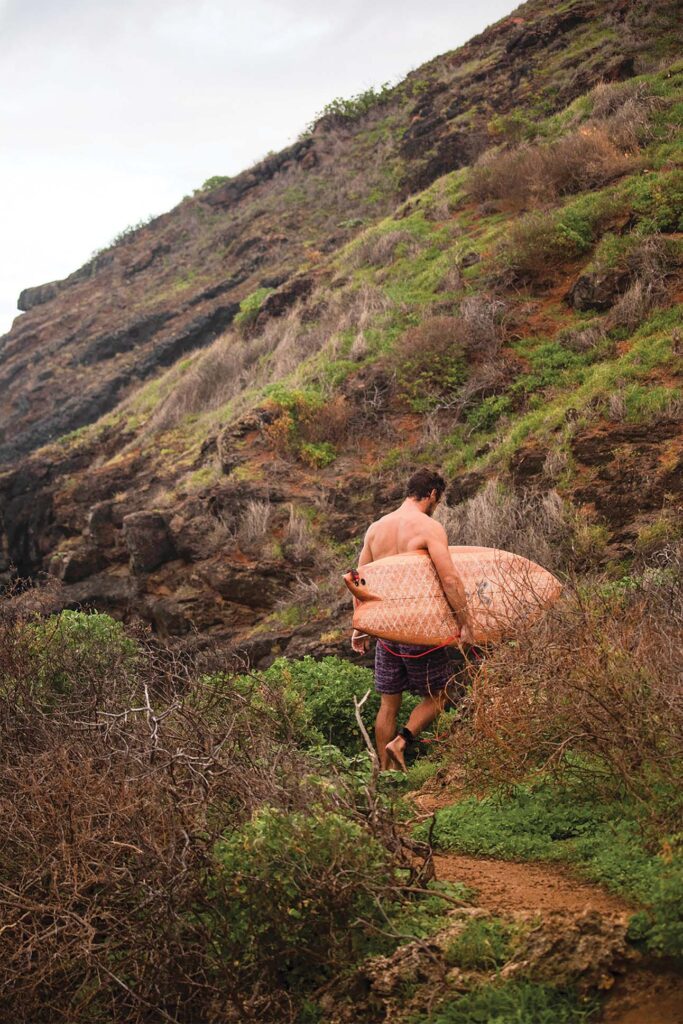
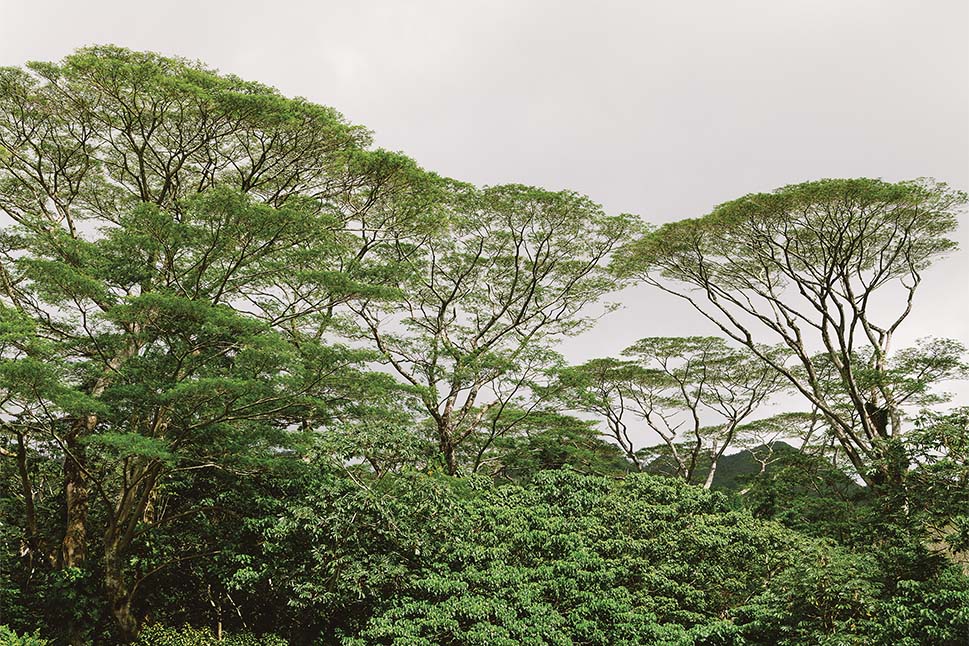
Bizia Surf presents an alternative to the toxic processes that have dominated the surf industry since the 1950s, when polyurethane boards became the norm—favored by shapers because they were quicker and cheaper to make. Other similarly toxic materials, like epoxy and fiberglass, soon saturated the market. “The world today is all messed up in terms of where materials come from and our supply chains,” Valenti says. “There’s so much damage that we’ve done.”
Despite surfing’s overtones of environmental sustainability, it’s an issue that the industry is still learning to contend with. “We’ve gone completely away from sustainability,” Valenti says. “So having some avenues to go back in the direction of traditional surfing and still have the performance—to me, that’s the most compelling part of it all.”


